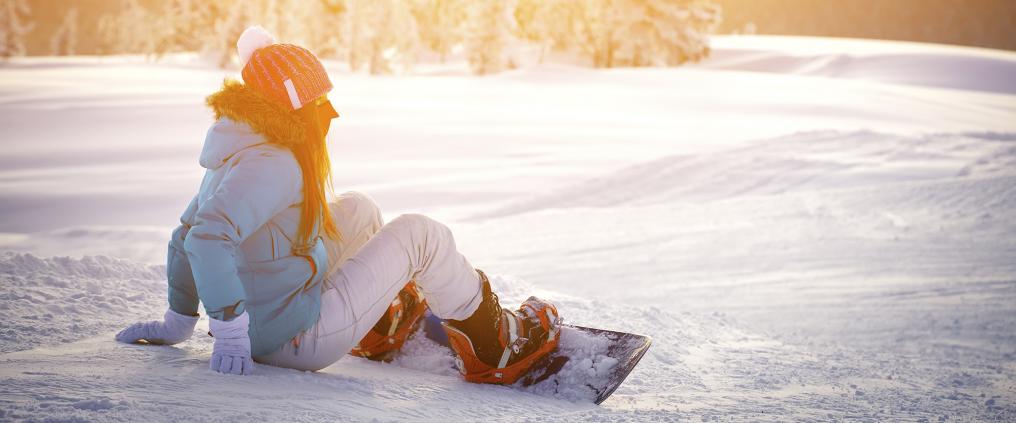The conditions on ski trips actually resemble those aboard aeroplanes. Those who suffer from acute illnesses, cardiac or cerebrovascular disorders, or have recently had major abdominal surgery should perhaps reconsider their travel plans.
As you go higher, the oxygen content in the air decreases and your body must compensate for the drop in the oxygen concentration. However, the physical strain associated with ski trips isn't the first thing you think about when sitting on a sunny terrace on the slopes!
High-altitude conditions may worsen conditions such as asthma and heart insufficiency, and people suffering from anaemia may also feel weak at higher altitudes.
These effects are temporary, and luckily don't cause lasting damage. A Norwegian study, for example, found that a high altitude does not have any bearing on the development or worsening of exercise-induced asthma.
Are you familiar with the symptoms of mountain sickness?
On the other hand, mountain sickness, also referred to as altitude sickness, is a dangerous and relatively unknown disease. It causes an accumulation of fluids in the lungs and cerebral tissue, as they are not receiving enough oxygen from the thin air.
Symptoms can appear as early as after six hours at an altitude of over 2.5 km, so you don't necessarily need to reach the top of the Himalayas to contract this illness.
Every fourth person exhibits some symptoms from 2–2.5 km of altitude. The risk increases the higher you go, and is significant by the time you reach 3.6 km. As far as I recall, the highest peak of the popular ski resort Chamonix is some 3.8 km.
The first symptoms are headache, a general feeling of weakness, disturbances in balance, and a rapid pulse. If you develop any of these symptoms, you should move to a lower altitude and get some rest. You should drink enough water, as this is often forgotten in colder weather.
It's also a good idea to stay overnight at lower altitudes, and this is what people often do in the Alps. If the village you are staying is at about 2 km, you can temporarily climb up to 3 km during the day without worry.
And, of course, it goes without saying that high altitudes cause a major strain on your body if you are hung over. If you plan to climb high the next day, you should limit any after-ski outings the evening before to ensure all goes well.
Don't forget your hat, even if the sun is shining
Head injuries and frostbite are other commonly seen problems during ski trips. Finnish skiers are usually rather good about wearing helmets, but in many other countries they seem to be considered necessary for children only. However, a helmet is a cheap form of life insurance, although it is only a small part of a proper travel insurance policy.
Sometimes we have to treat frostbite resulting from ski trips. Even if the sunshine is dazzling, the strong cold winds in the mountains multiply the impact of cold.
At top stations the wind can easily reach 20 m/s, which makes -10 degrees feel close to -25 degrees on your skin. Temperatures may differ widely at different altitudes and wind conditions during the same day.
Snow doubles the amount of light, making it important to protect the eyes properly. Choose sunglasses that are dark enough, and remember that good-quality ski goggles always come with UV protection.
An excessive amount of light may cause snow-blindness, which means damage to the cornea and eye inflammation. Its symptoms include redness, increased tears, sensitivity to light, and a sensation of having sand in the eyes. Luckily it is treatable – but also avoidable by using sunglasses of appropriate quality.
